Photographic series
![]()
![]()
![]()
![]()
![]()
![]()
![]()
![]()
![]()
![]()
![]()
![]()
![]()
Digital paintings
![]()
![]()
![]()
![]()
![]()
![]()
Photogrammetries
![]()
![]()
![]()
![]()
![]()
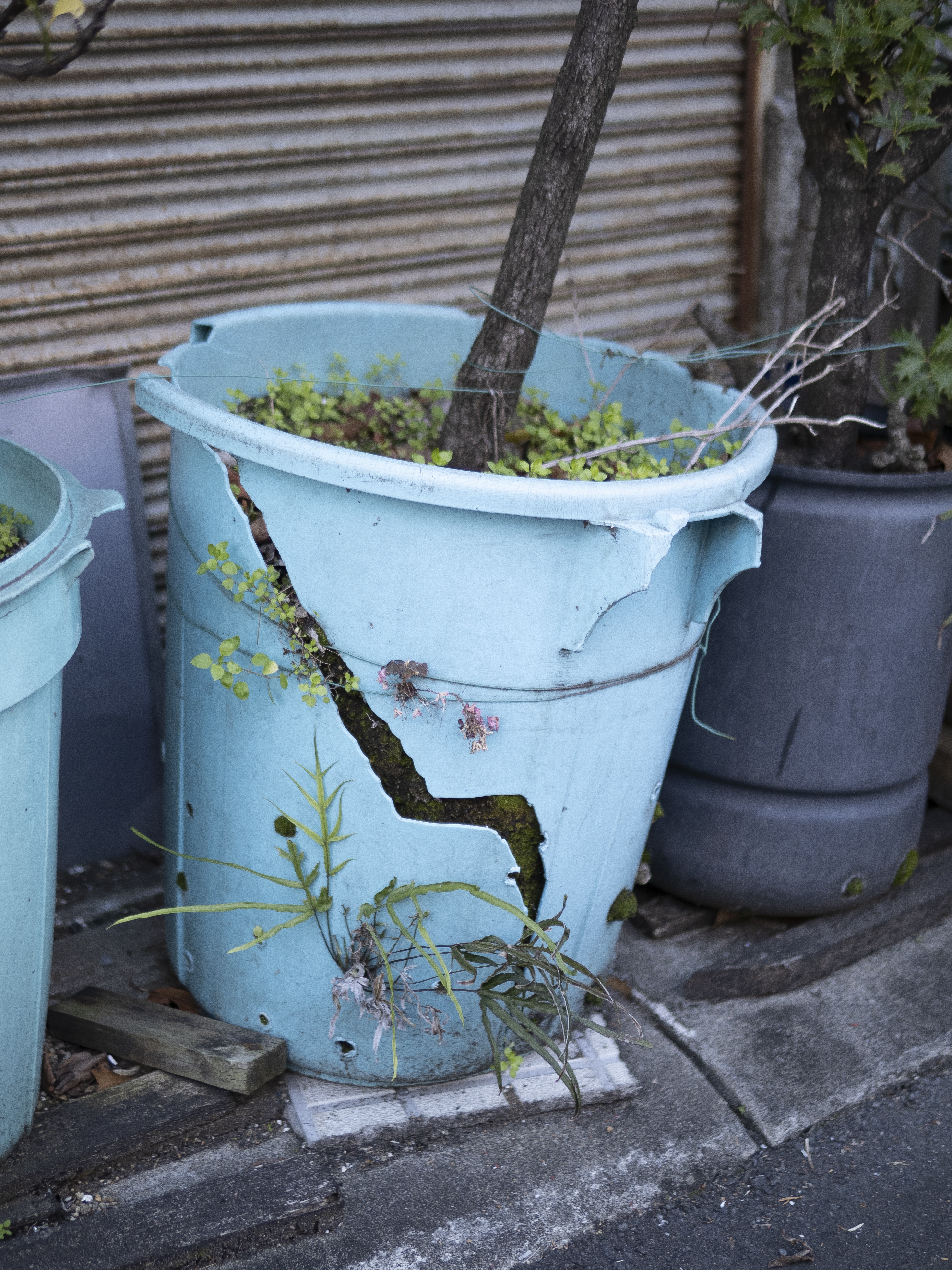
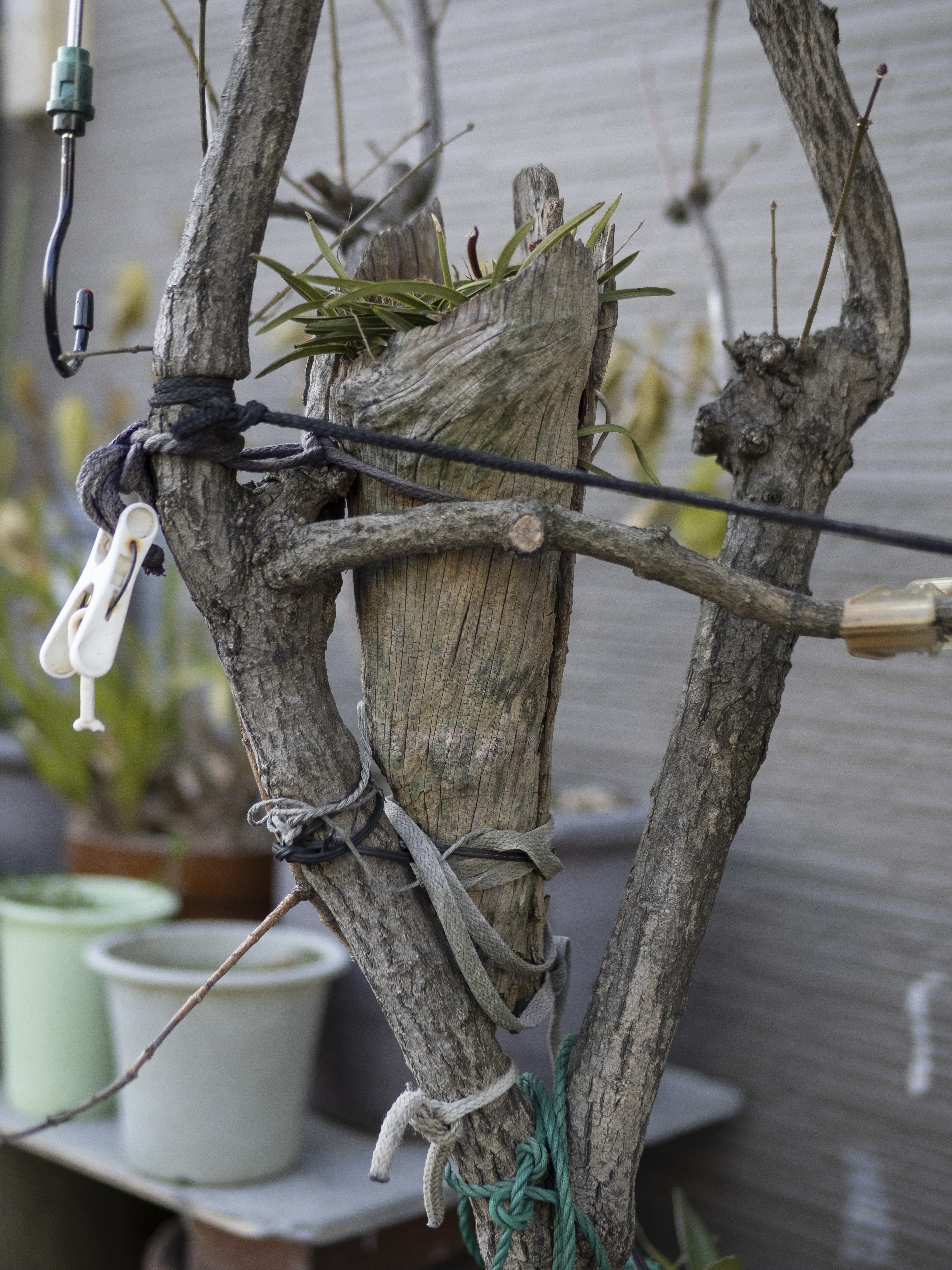
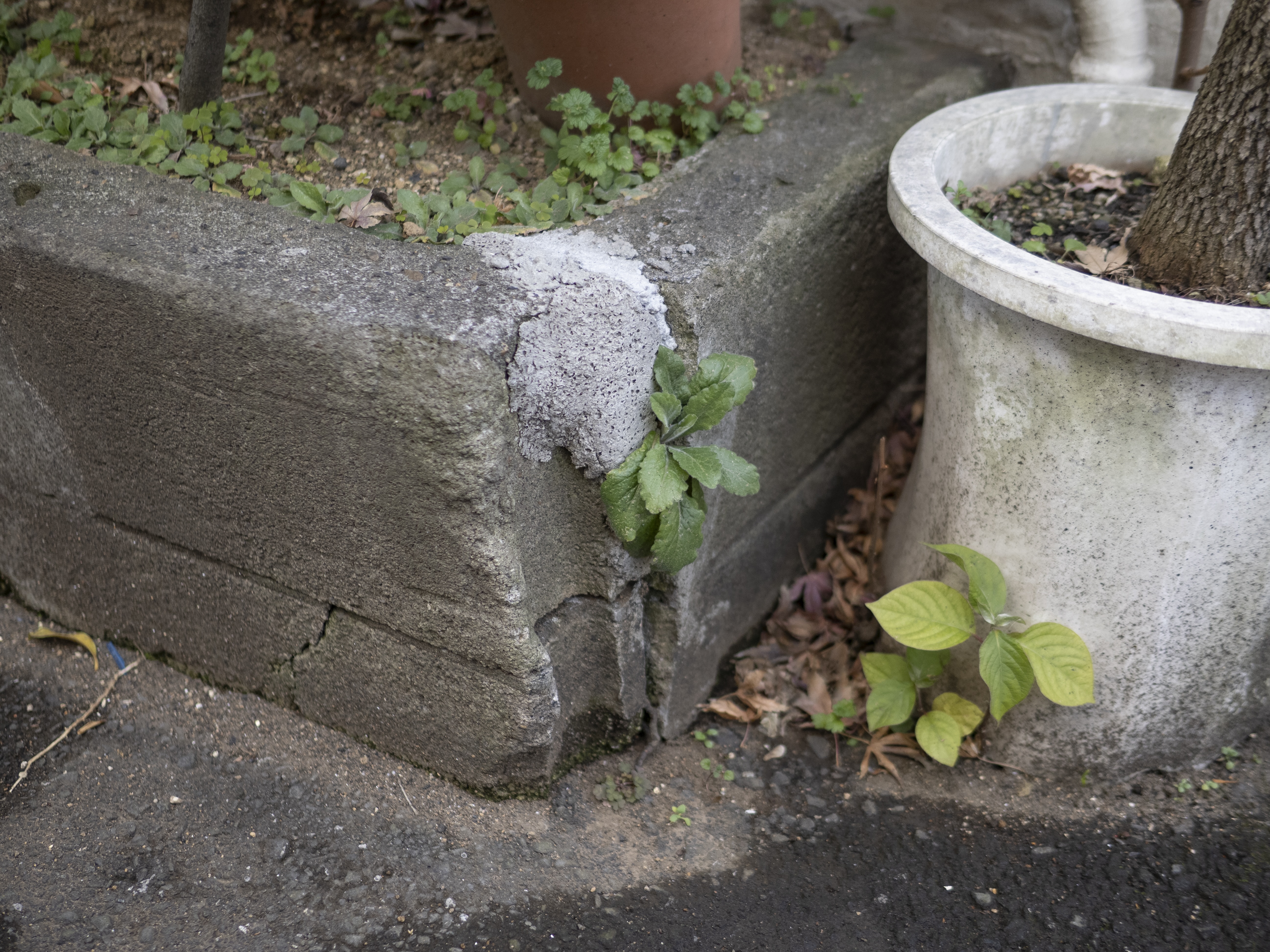
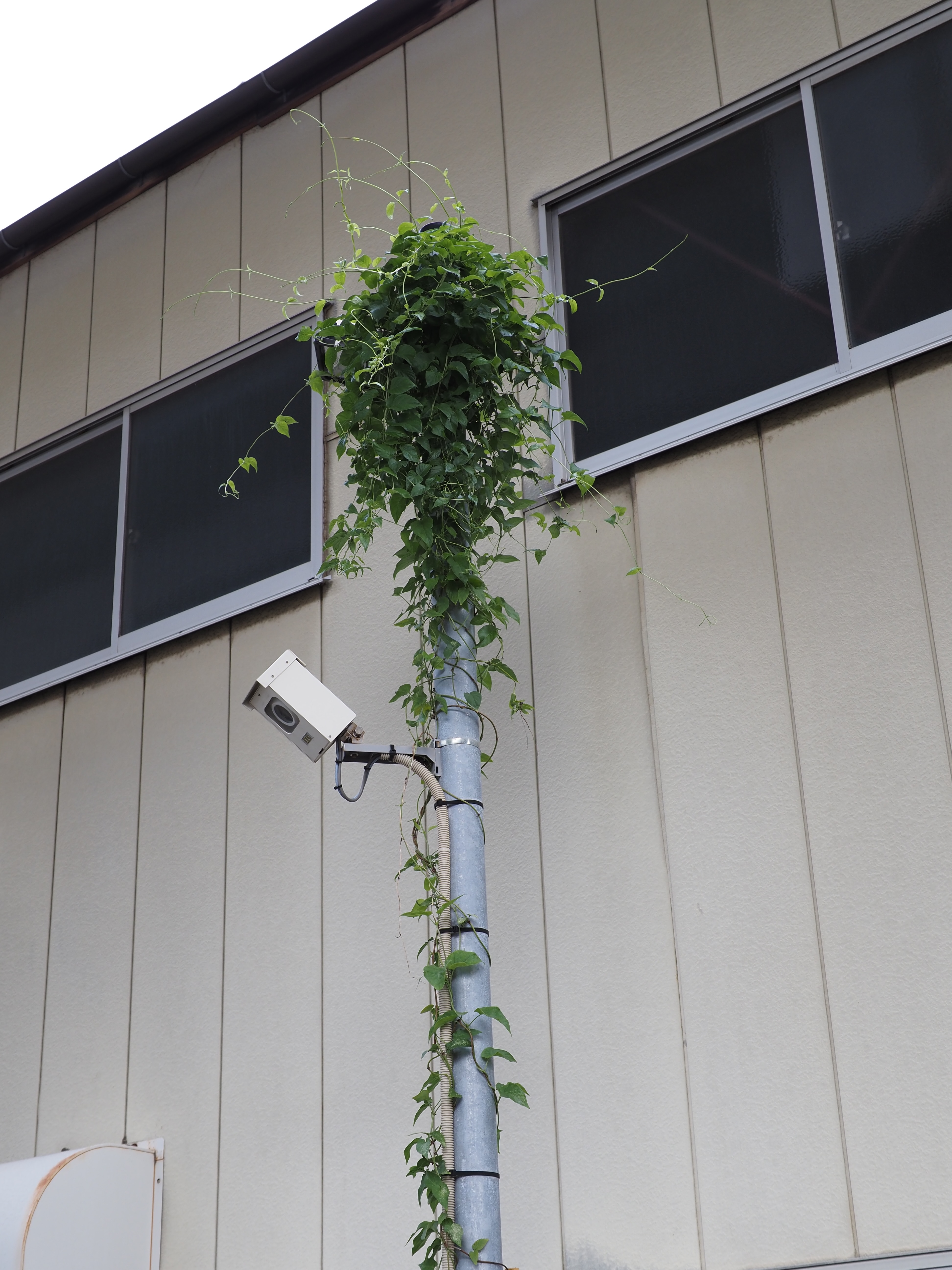
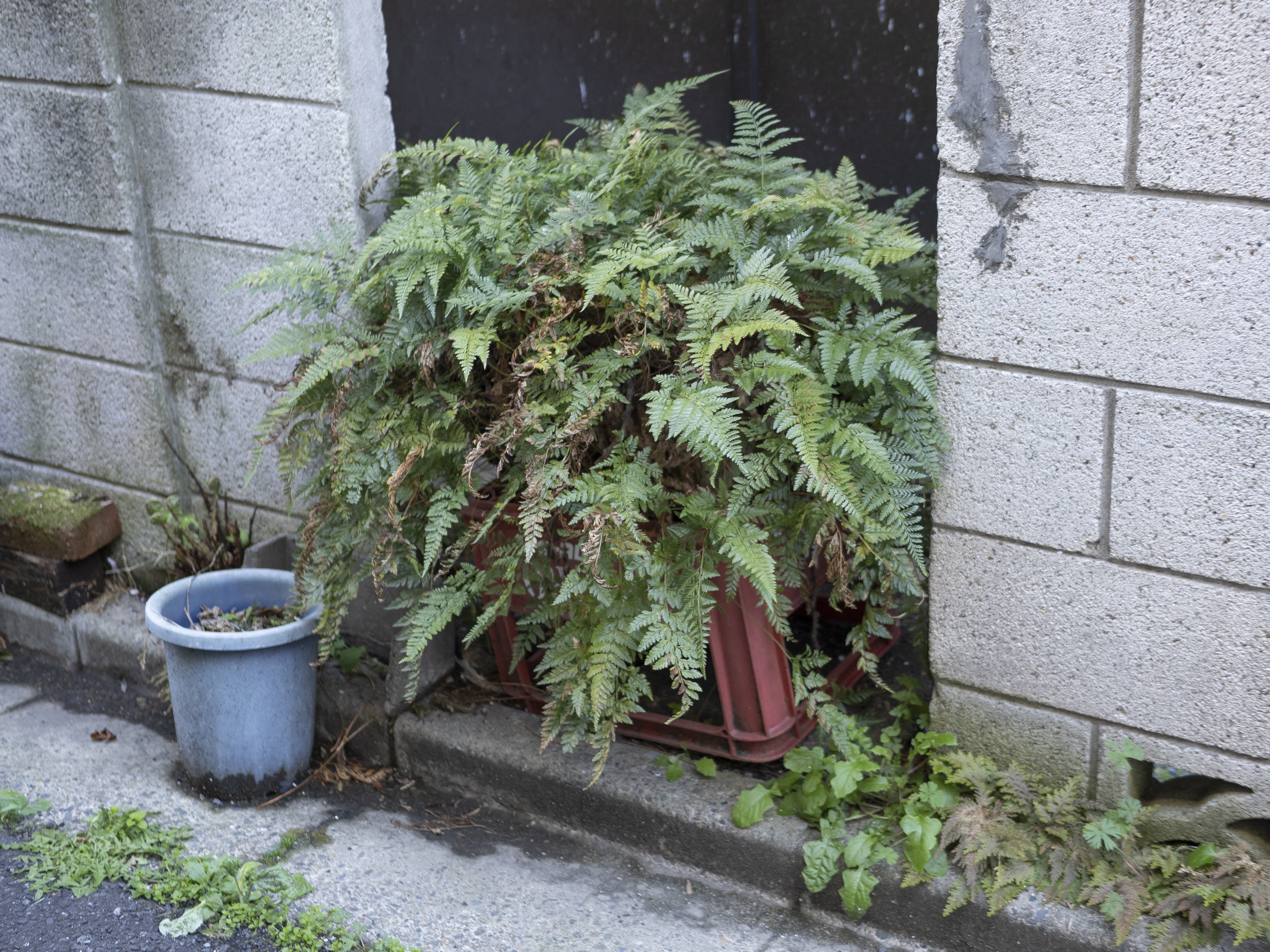
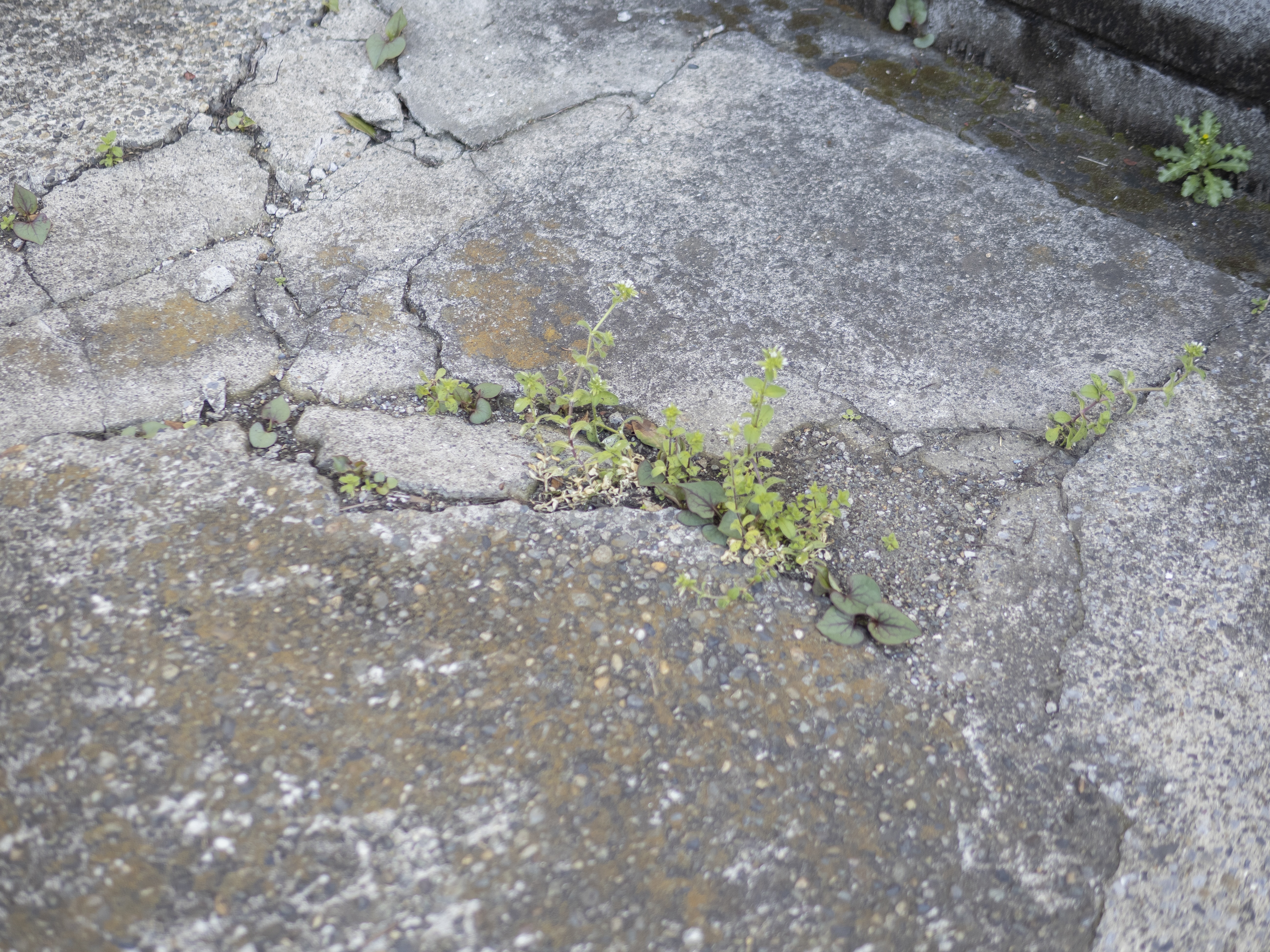
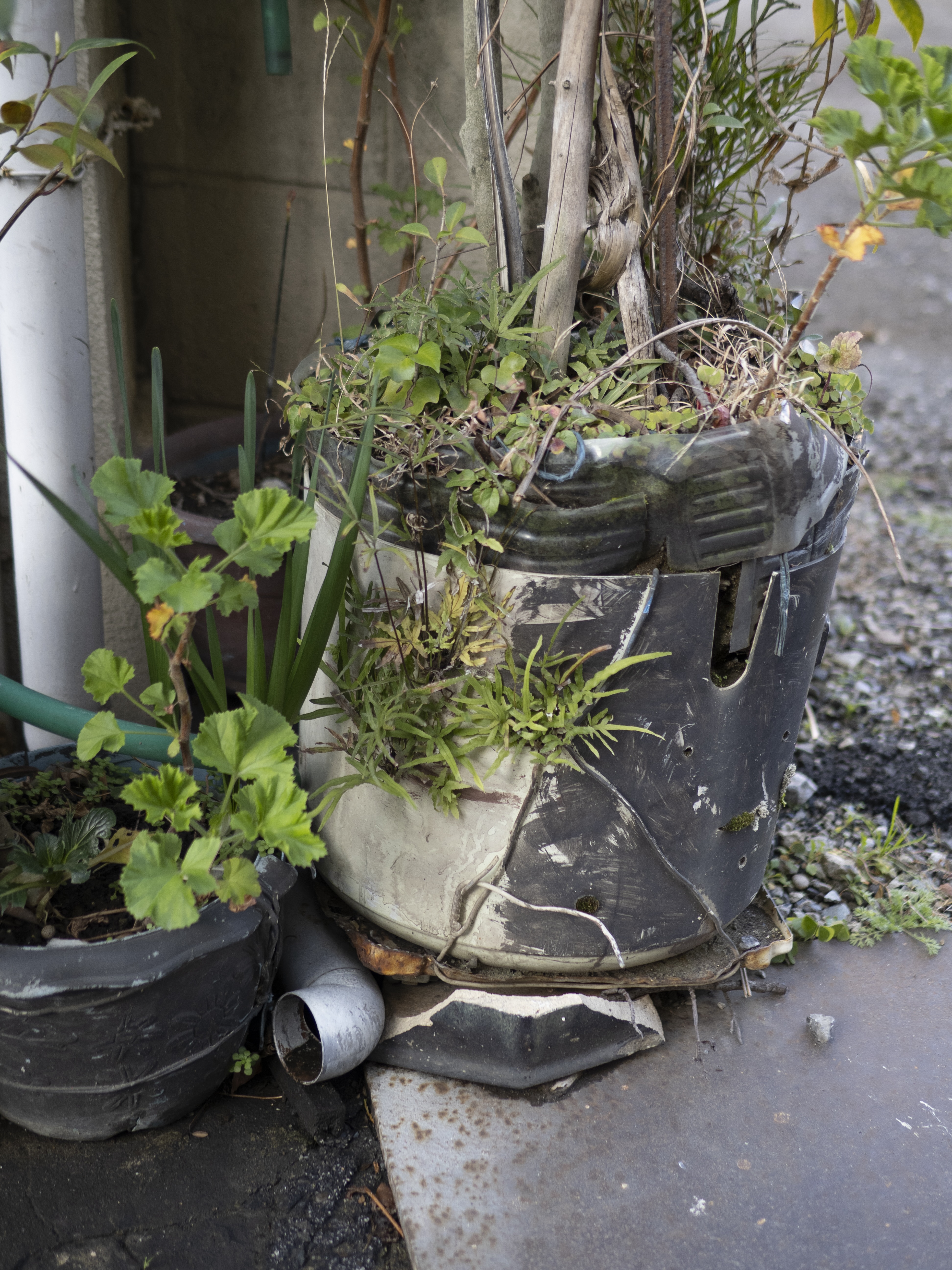
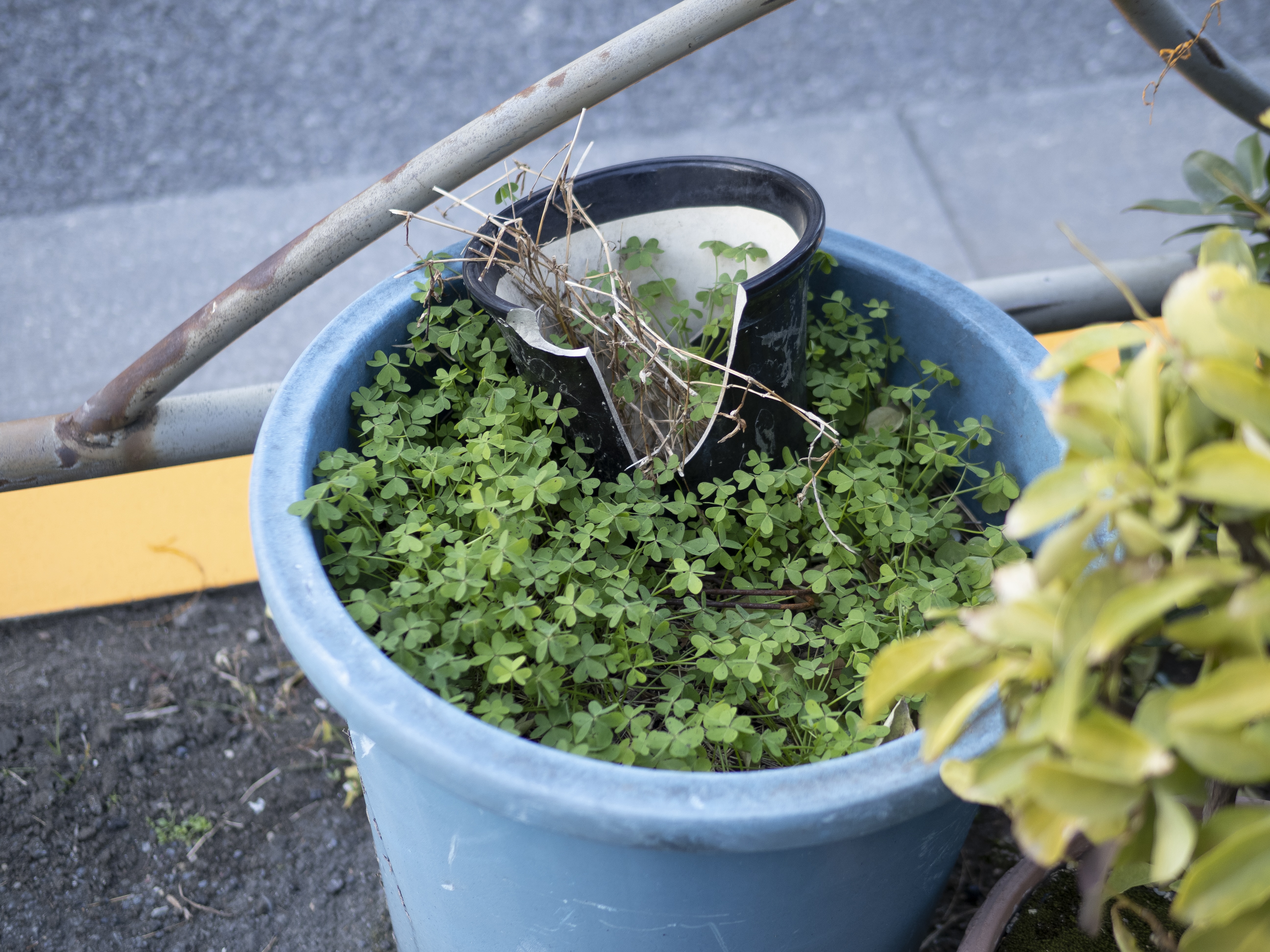
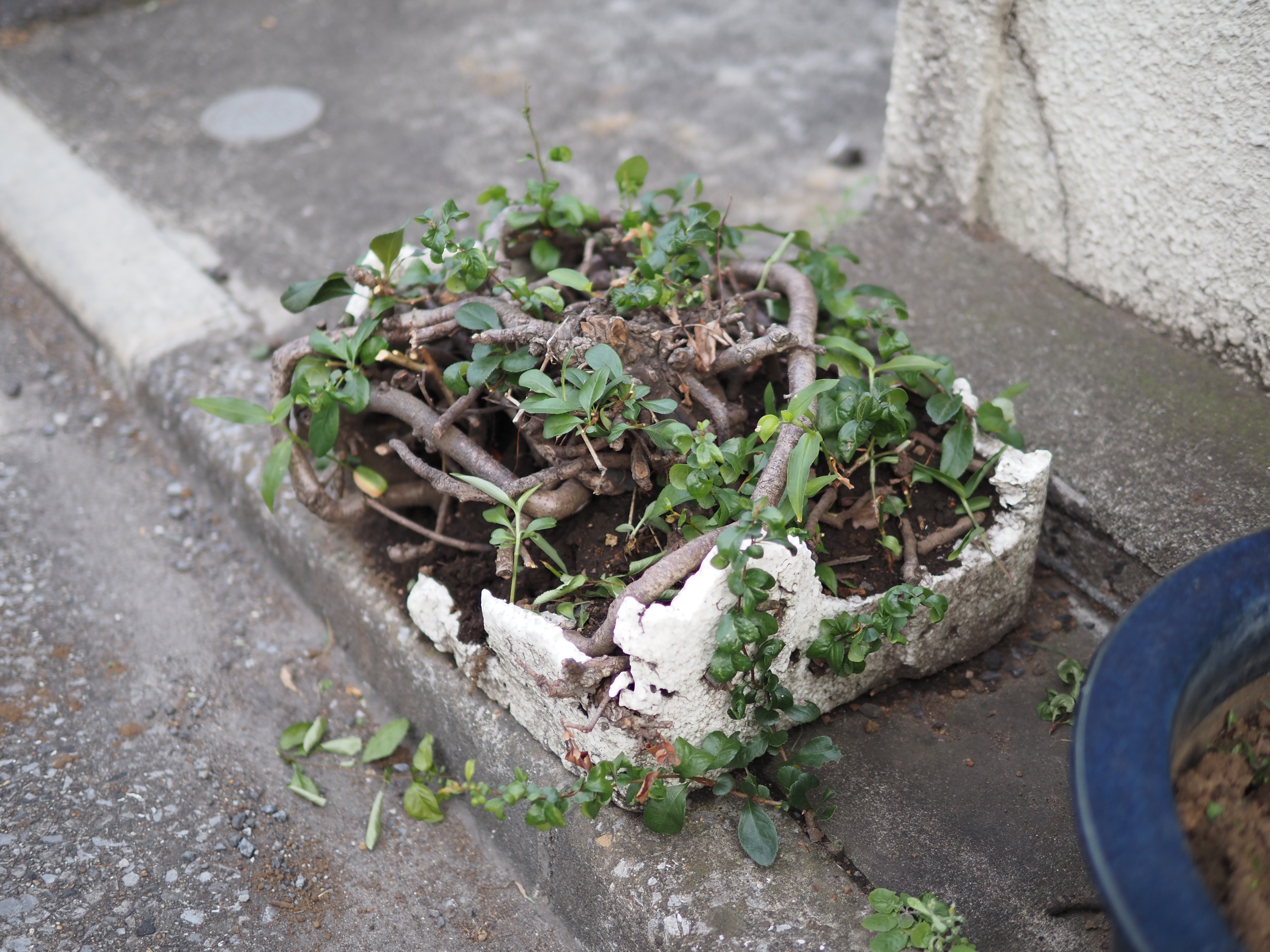
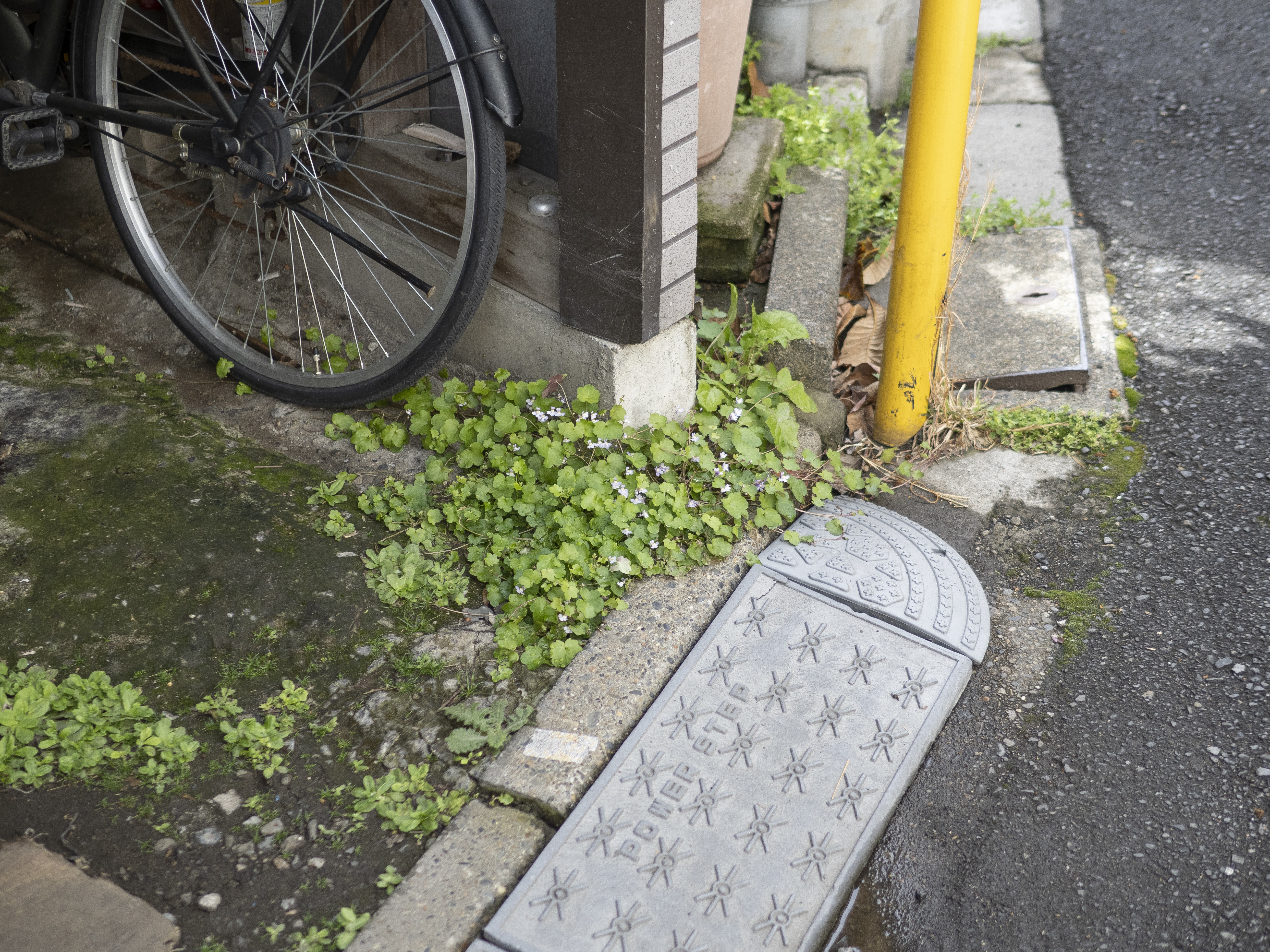
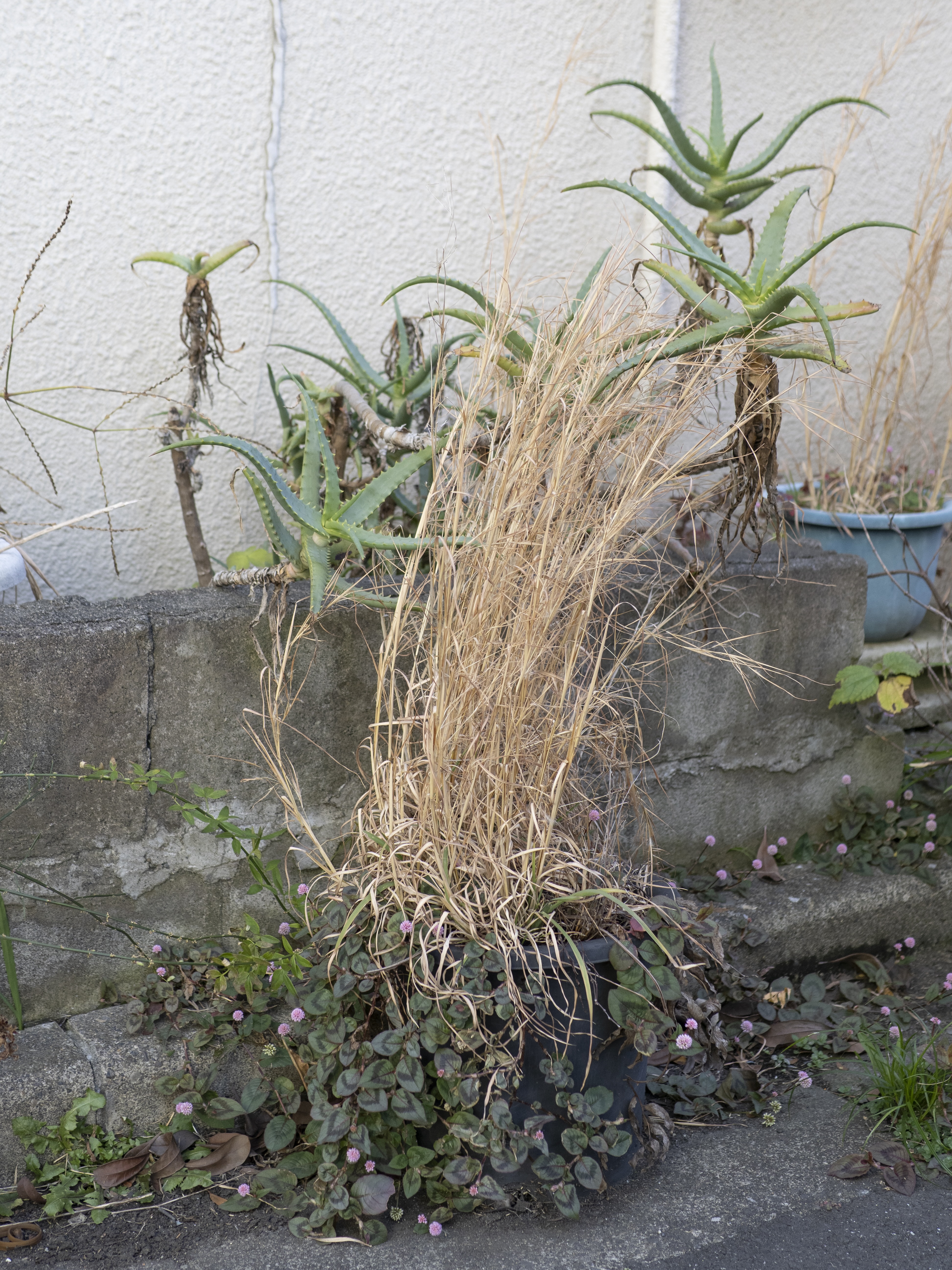
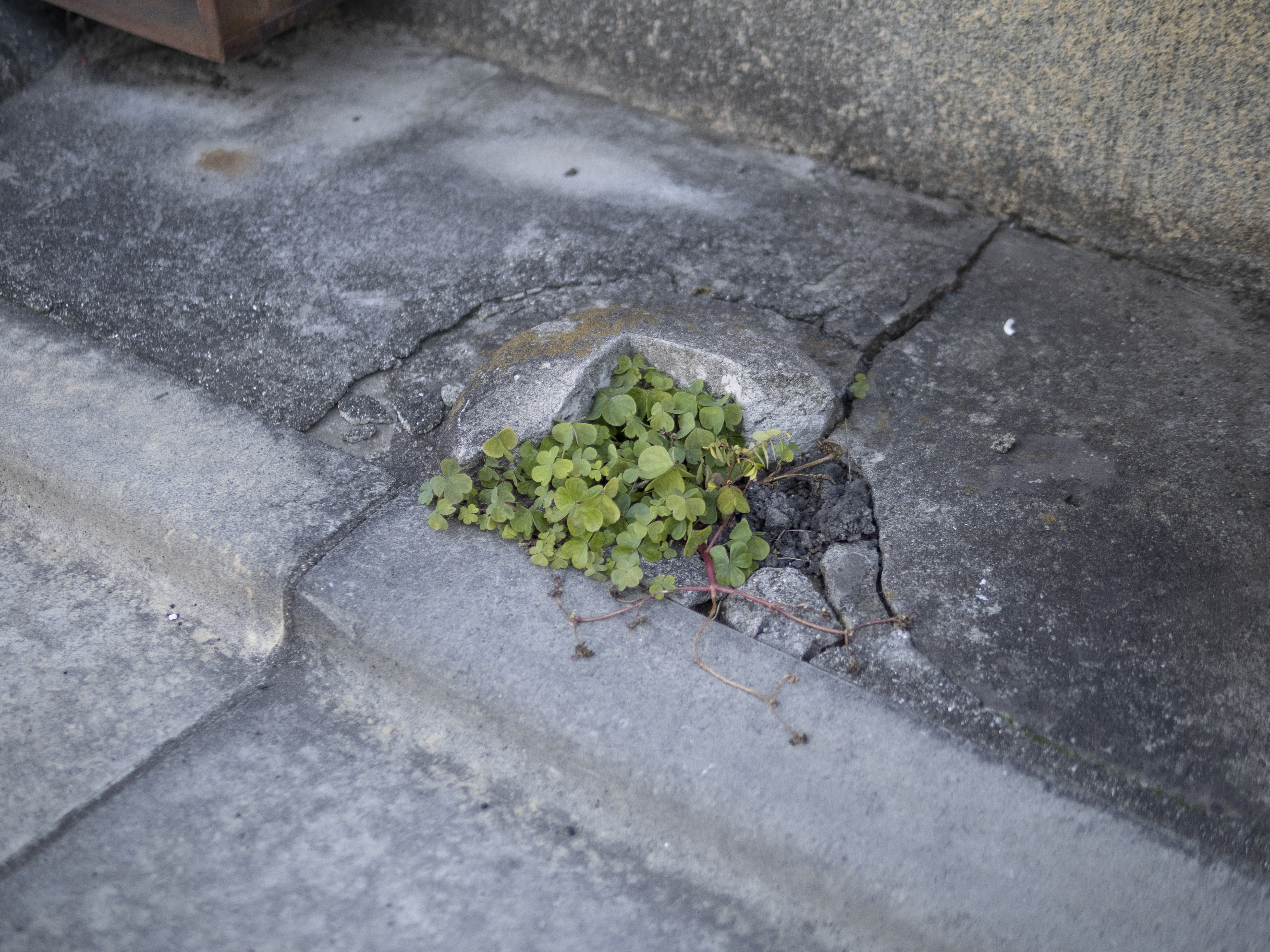
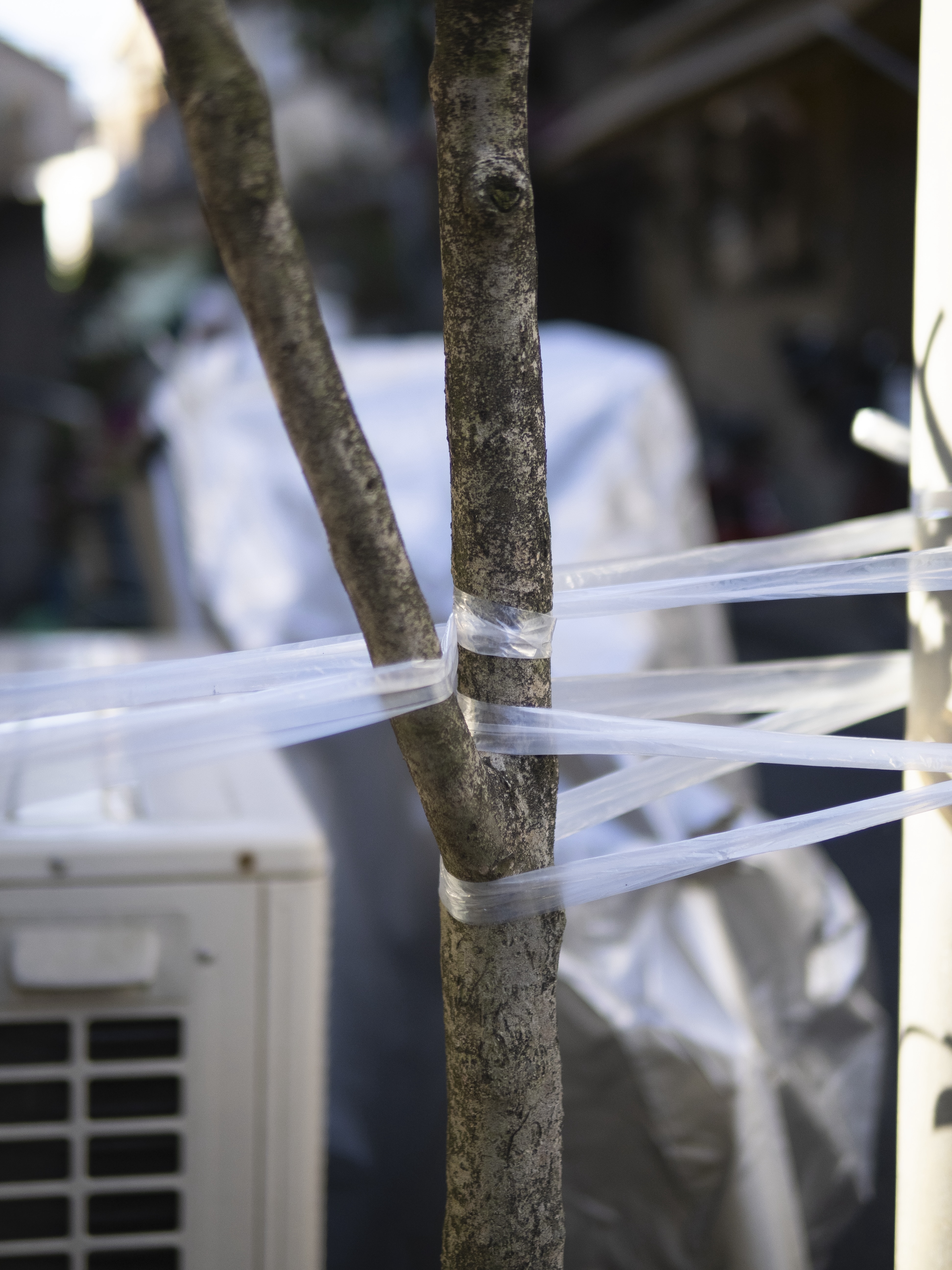
Digital paintings
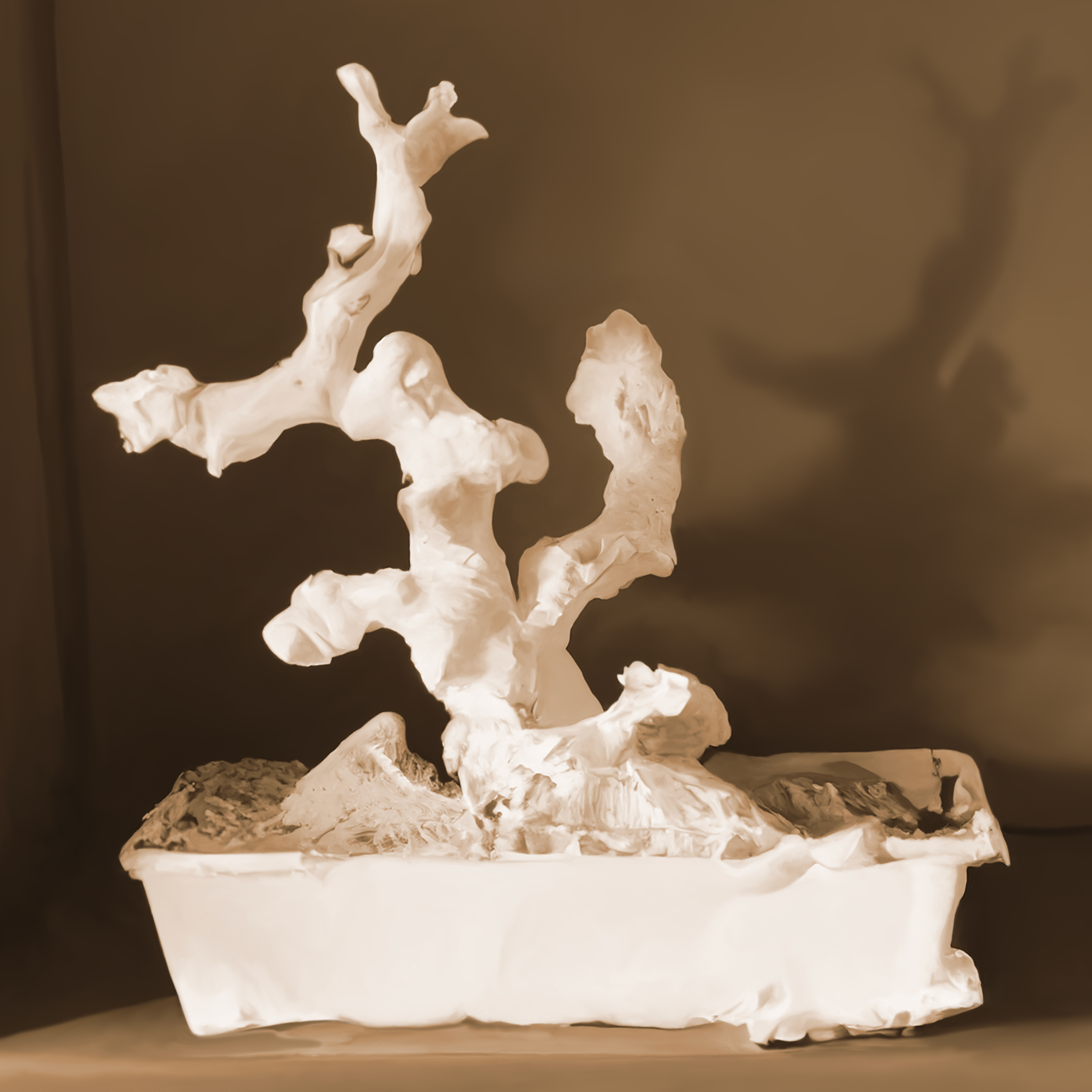
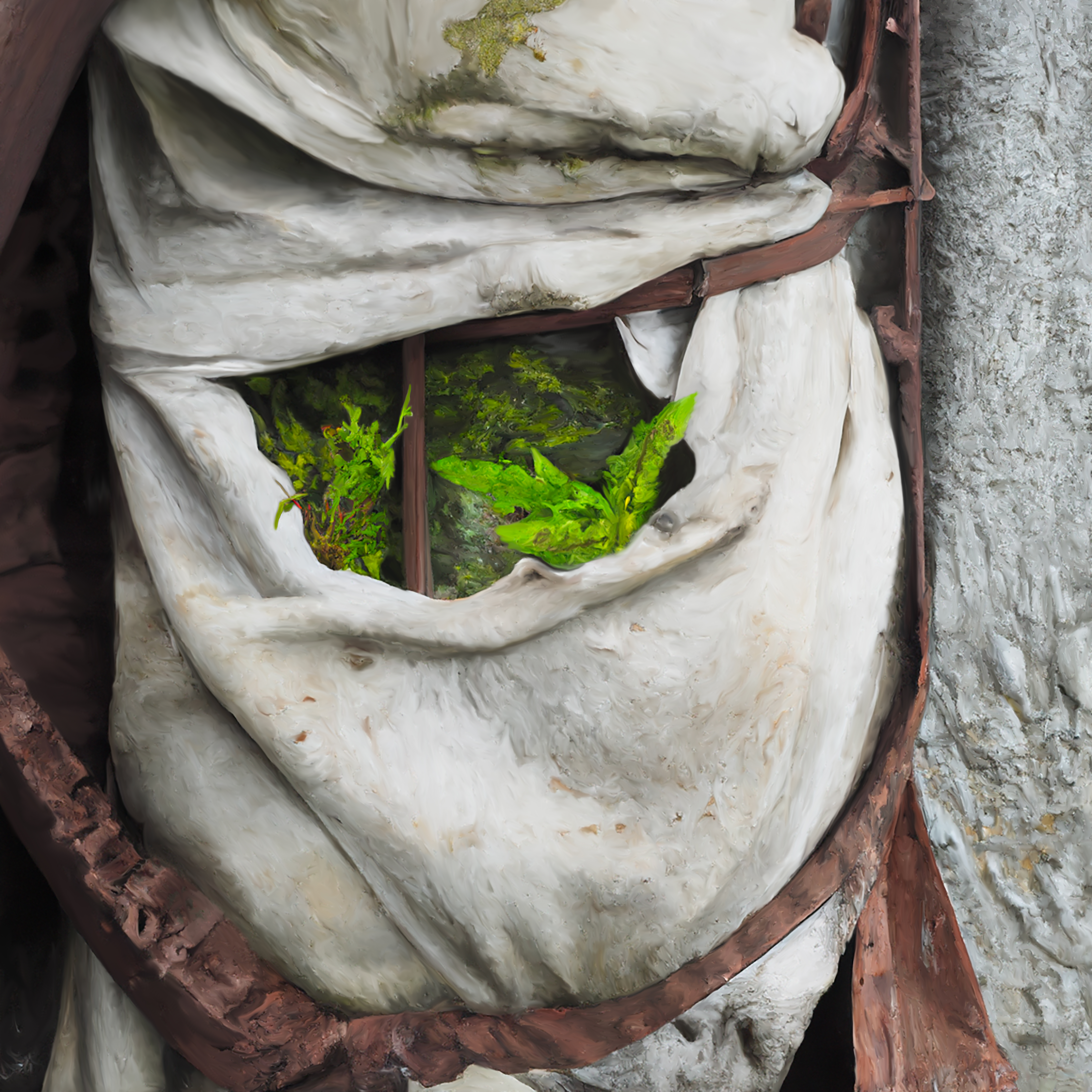

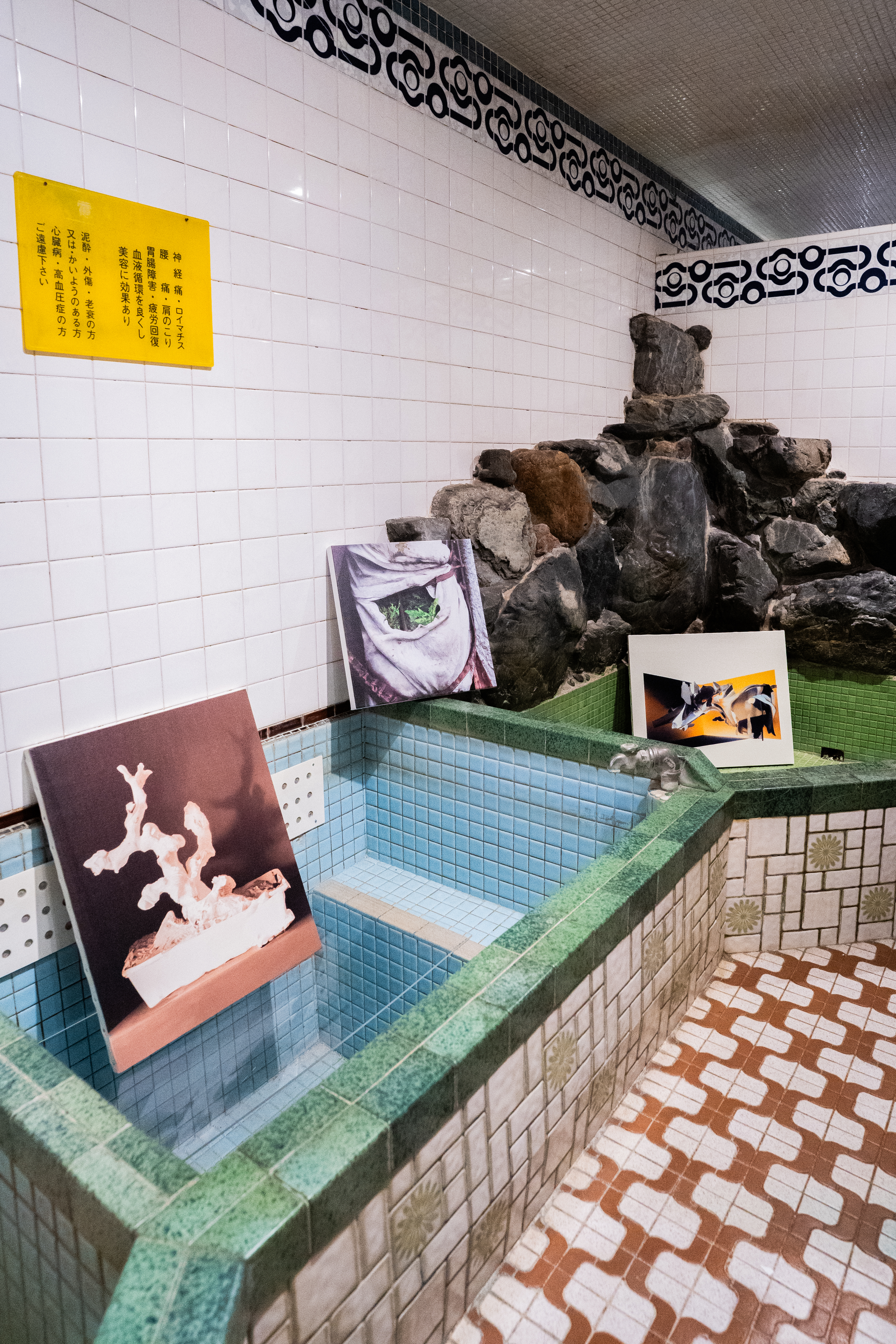
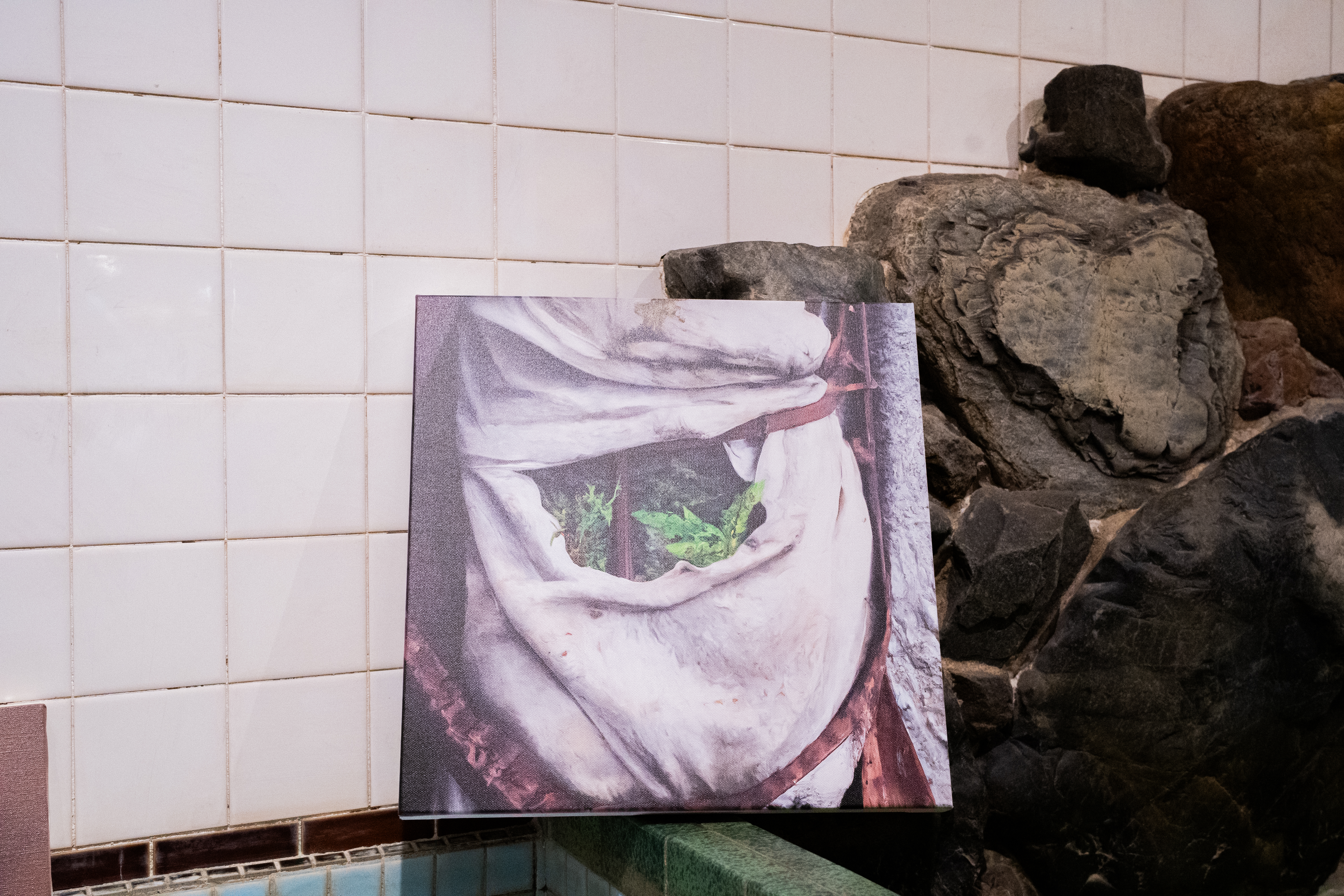
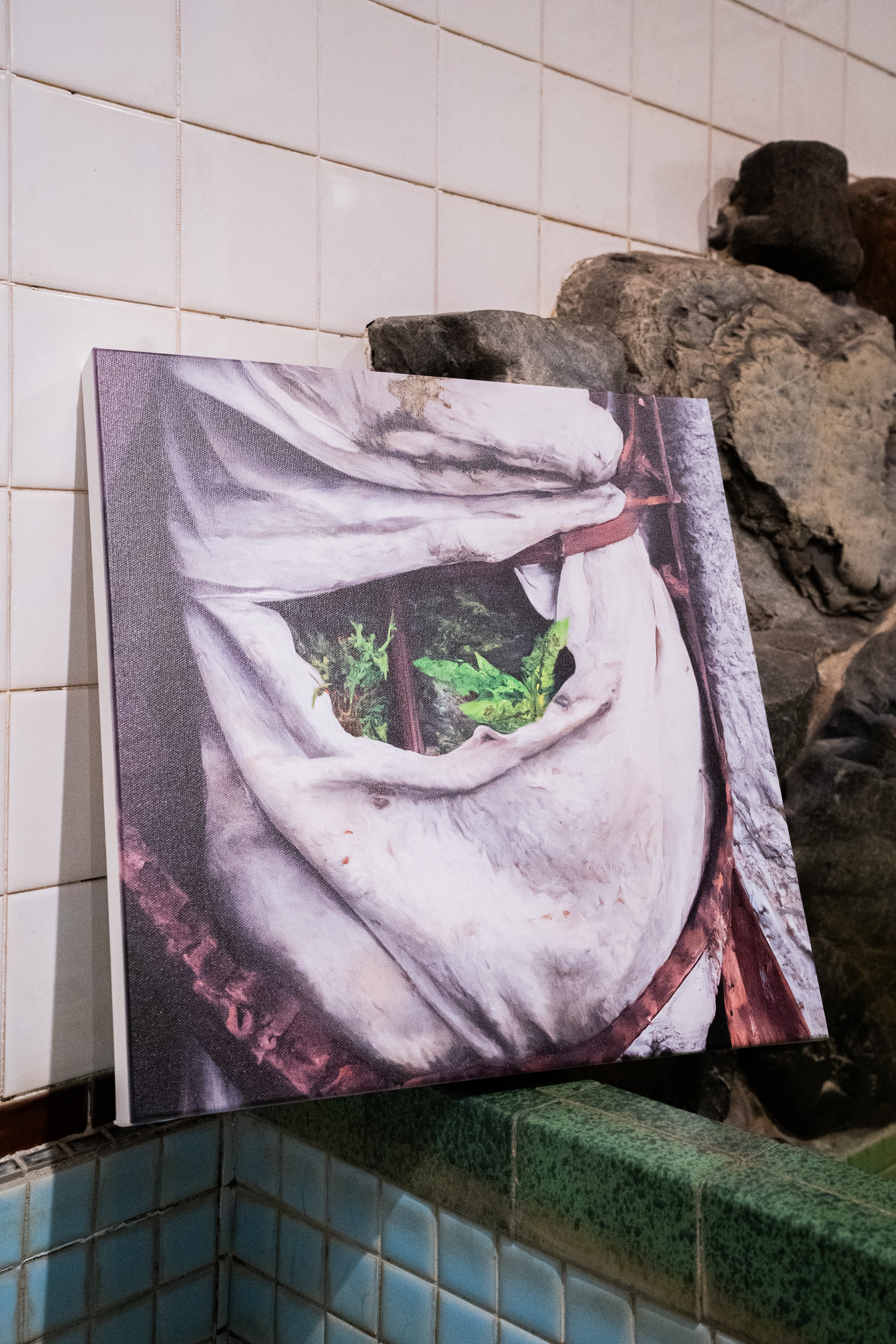
Photogrammetries
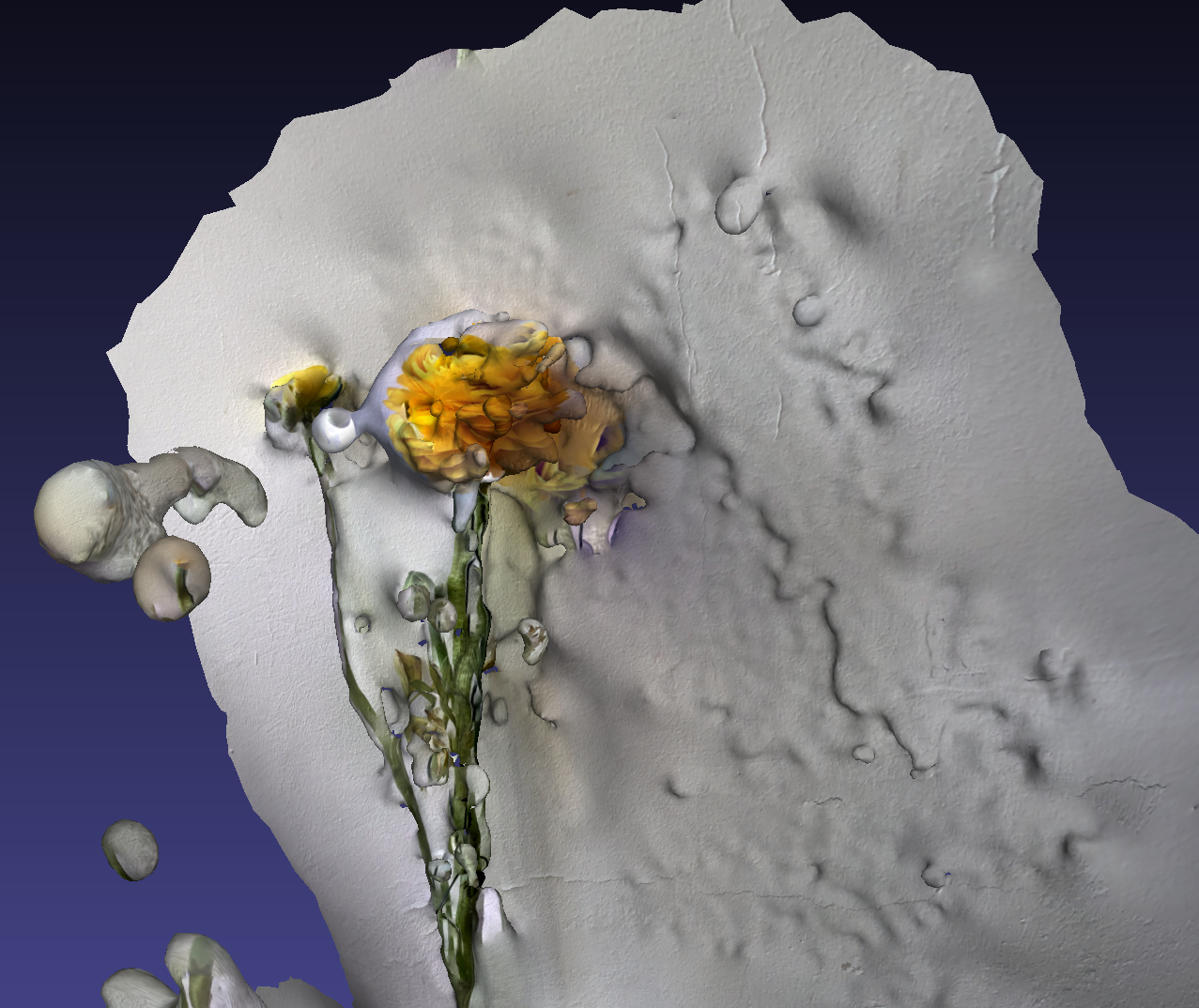
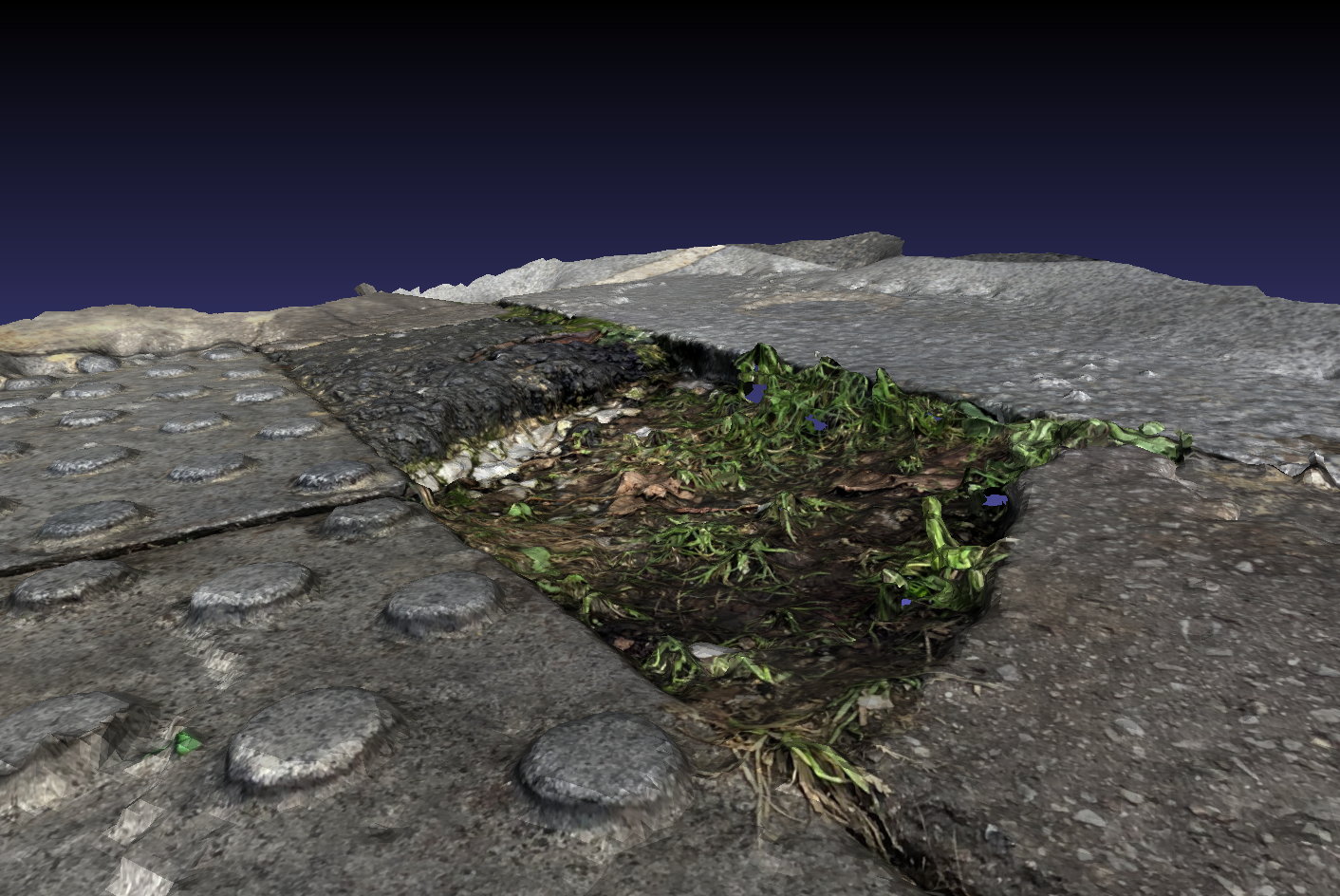
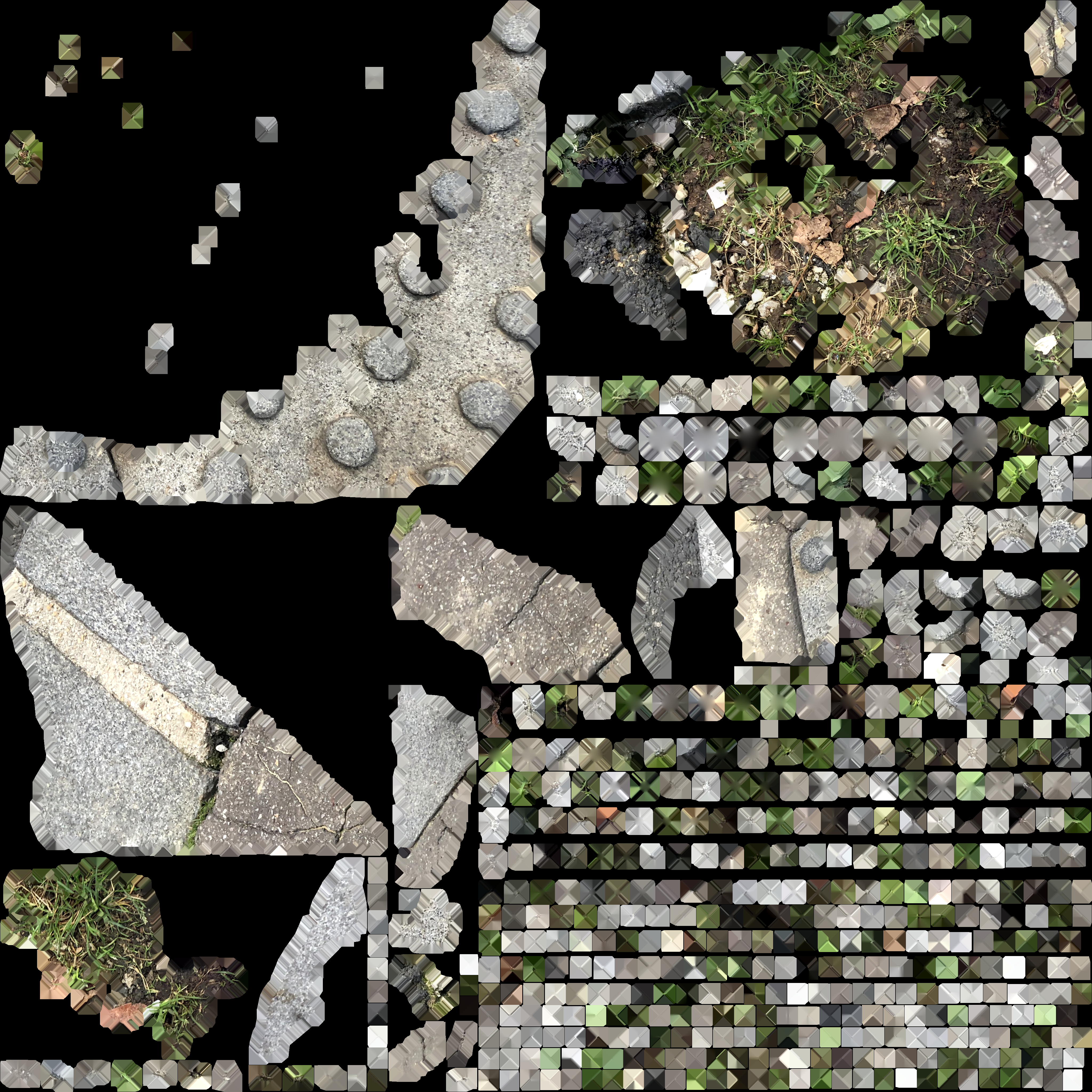
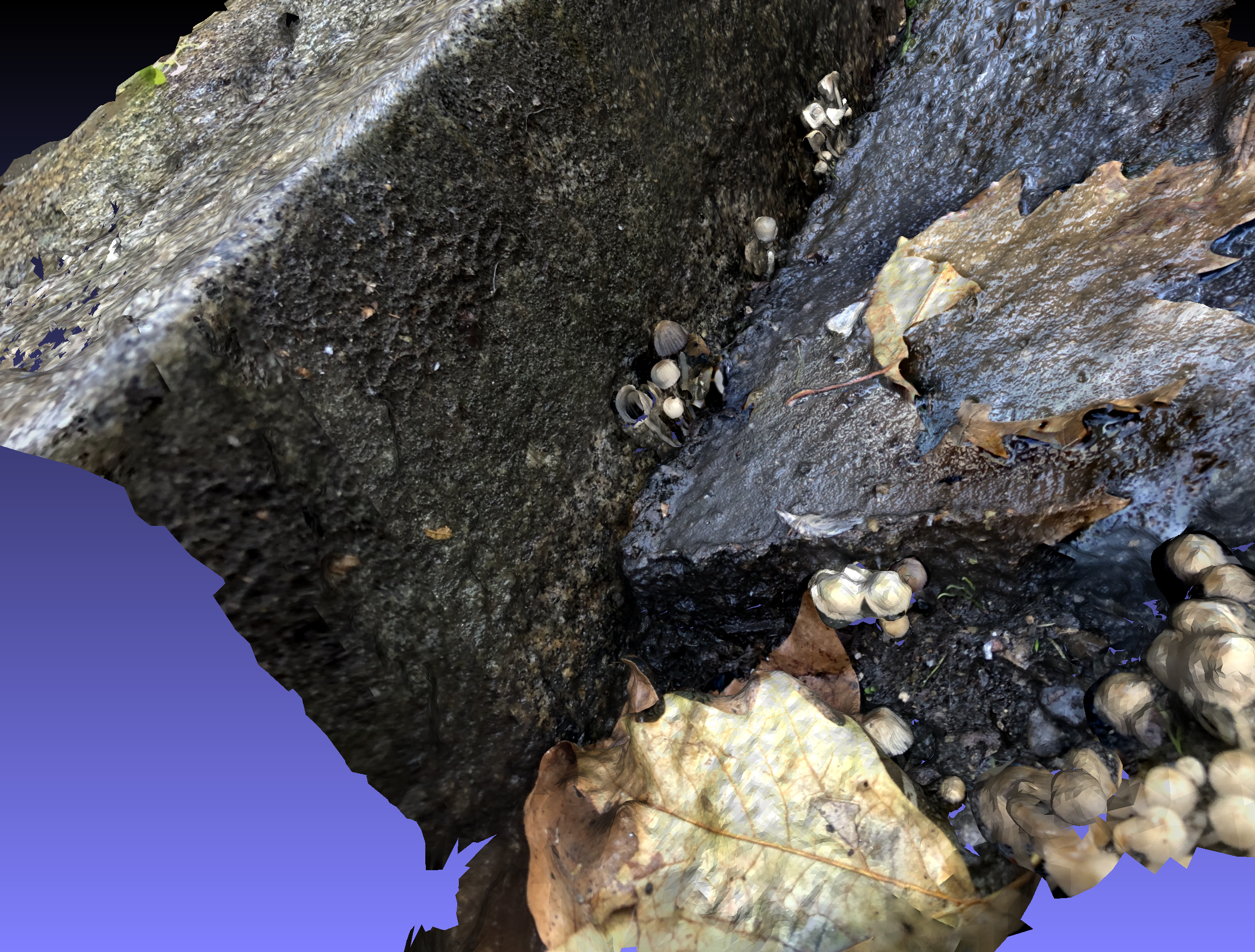
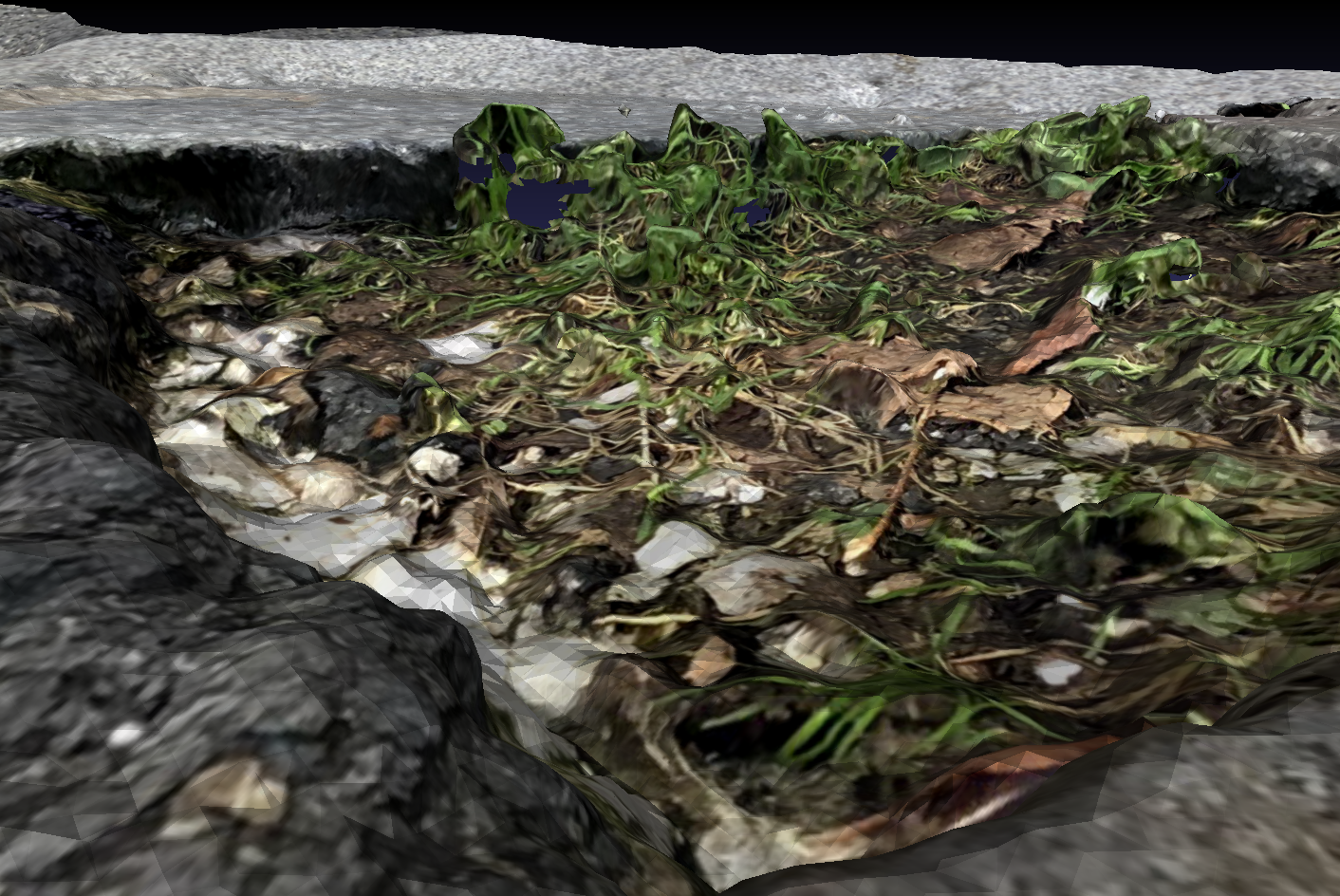
2016-2017
🏡 Kyoto
2019, 2023
🏡 Onomichi
2023-2024
🏡 Kyojima, Tokyo
🏡 Kyoto
2019, 2023
🏡 Onomichi
2023-2024
🏡 Kyojima, Tokyo
What grows, despite everything, despite us
Since 2016, we have been developing a series of photographic and installative projects around the notion of informal nature in Japanese cities. Initiated in Kyoto during a stay at the Kyoto University of the Arts, this work continued in Onomichi (2019, 2023) and in the Kyojima district of Tokyo (2022–2023).
Our approach proceeds from urban dérives—on foot or by bicycle—combined with a method of participatory mapping. These protocols allow us to identify and document situations of coexistence between vegetal elements and urban forms: potted plants occupying public space, improvised gardens, interstices overrun by vegetation, but also domestic bricolages combining objects, materials, and organic life. These forms, often precarious and ephemeral, bear witness to a persistent vitality, between constraint and freedom.
We approach them as “found sculptures,” inscribed in a tension between two poles:
-
a quasi-geographical approach, attentive to objectivity and the neutrality of recording,
-
and a more subjective approach, sensitive to poetic irruptions, profane illuminations, the sculptural dimension of forms.
These dispositifs manifest what we call ensauvagement: not a return to a “wild” state, but a dynamic of ferality—a partial exit from the normative frameworks of urban management, an intuitive and autonomous self-organization. Far from the negative political connotations recently associated with the word, we reclaim it as an aesthetic and ecological notion, linked to values such as wabi, sabi, mujō, or mono no aware, transposed into the contemporary context of Japanese cities.
Thus, these improvised urban forms appear to us as possible updates of certain traditional aesthetics: like dry gardens (karesansui), they compose miniature landscapes, but without formal intention or codification. They express an anarchic and vernacular aesthetics, where the non-hierarchical, the transient, and the informal outline another way of inhabiting the city.
In this sense, our projects constitute an urban herbarium, even a proto-archaeological atlas of forms of coexistence and self-organization at work in Kyoto, Onomichi, and Kyojima. They reveal how, in the interstices of the urban fabric, other modes of presence emerge—fragile, precarious, yet powerful—challenging habitual regimes of perception between “order” and “disorder,” and inviting us to rethink our aesthetic and political relation to living environments.
In a more recent phase, the project expanded through the use of photogrammetry and digital painting. By applying a tool usually reserved for the preservation of architectural heritage to fragile, often undesirable plants, we produce incomplete reconstructions whose glitches and interpolations make their vulnerability as palpable as their resilience. The algorithm’s inability to capture every detail of a flower generates fragments that become painterly gestures, echoing the incompleteness inherent to these precarious existences.
In parallel, a series of paintings extends this cycle of transformations: a pot found on the street circulates from plaster casting to photography, from algorithmic interpretation to digital painting, before returning as a physical canvas. These metamorphoses inscribe each subject into a chain of mediations where the object is continually replayed, reinterpreted, and transfigured.
This passage from photography to photogrammetry, then to painting, opens new forms of documentary practice. Rather than aiming for accuracy or faithful reproduction, it documents through assumed incompleteness (where absences themselves become traces), through glitches as revelations of the limits of capture, and through aesthetic translation across media. This expanded documentary no longer merely shows “what is,” but explores the very conditions of visibility of fragile life forms. By revealing how they appear, disappear, and metamorphose in the chain of representations, the project makes documentary not a neutral restitution, but a processual and transmedial practice: a way of thinking and sharing the urban through its shadows, interstices, and becomings.
Article on this series: Disconoma (Thomas Vauthier & Fanny Terno), “La rue fécale: Figures de l’informel dans l’espace japonais”, published June 17, 2025, Revue Turbulences, Le Carnet | 2025, online.
Project initiated and directed by Thomas Vauthier, joined by Fanny Terno within the duo Disconoma.